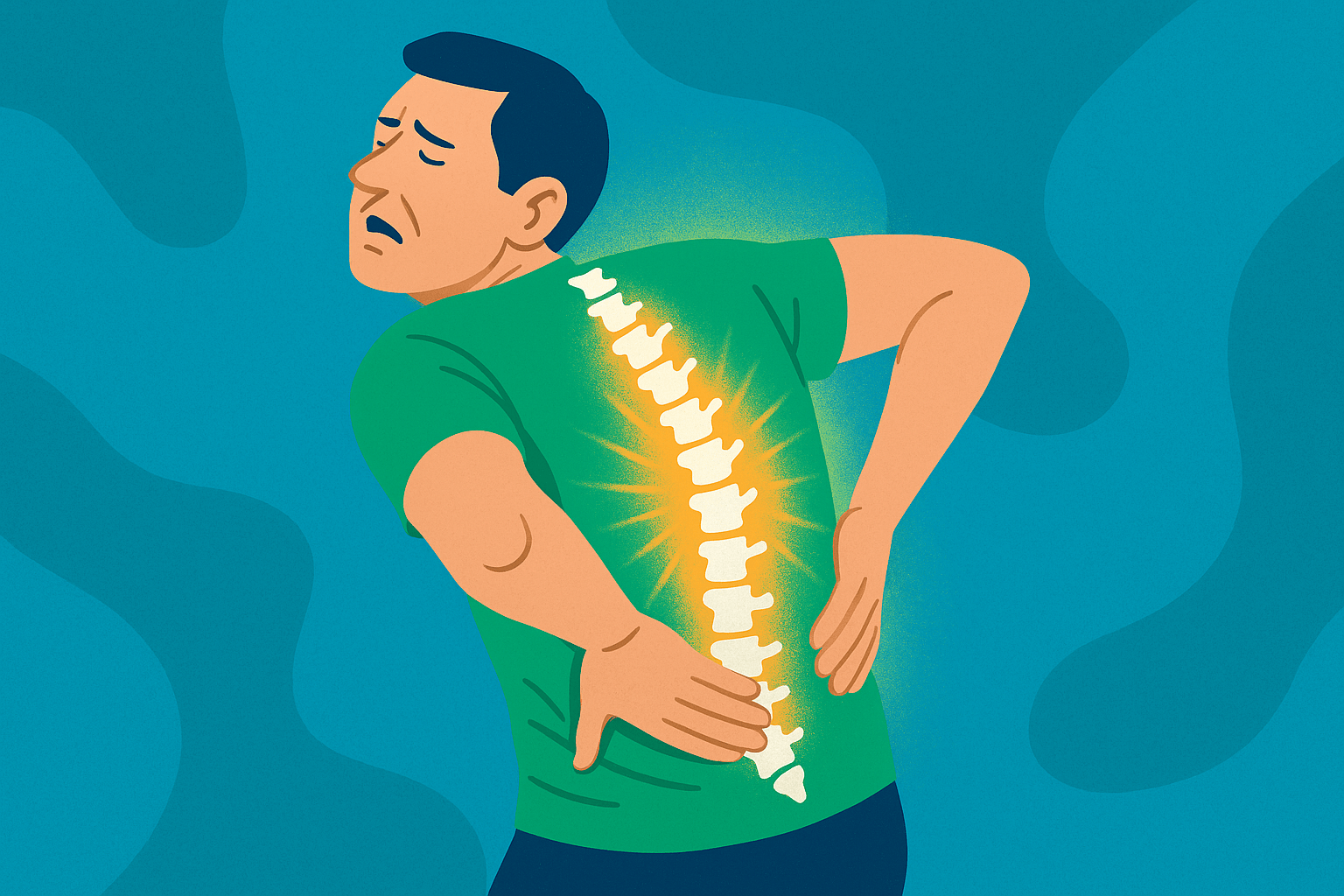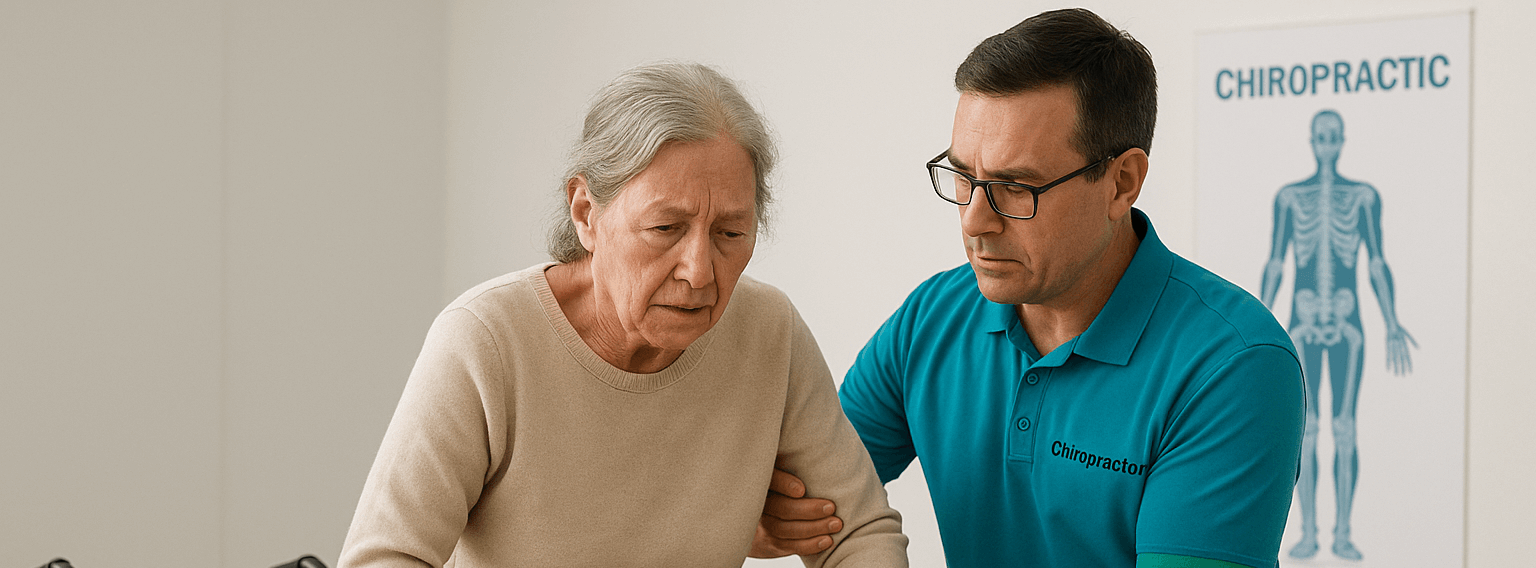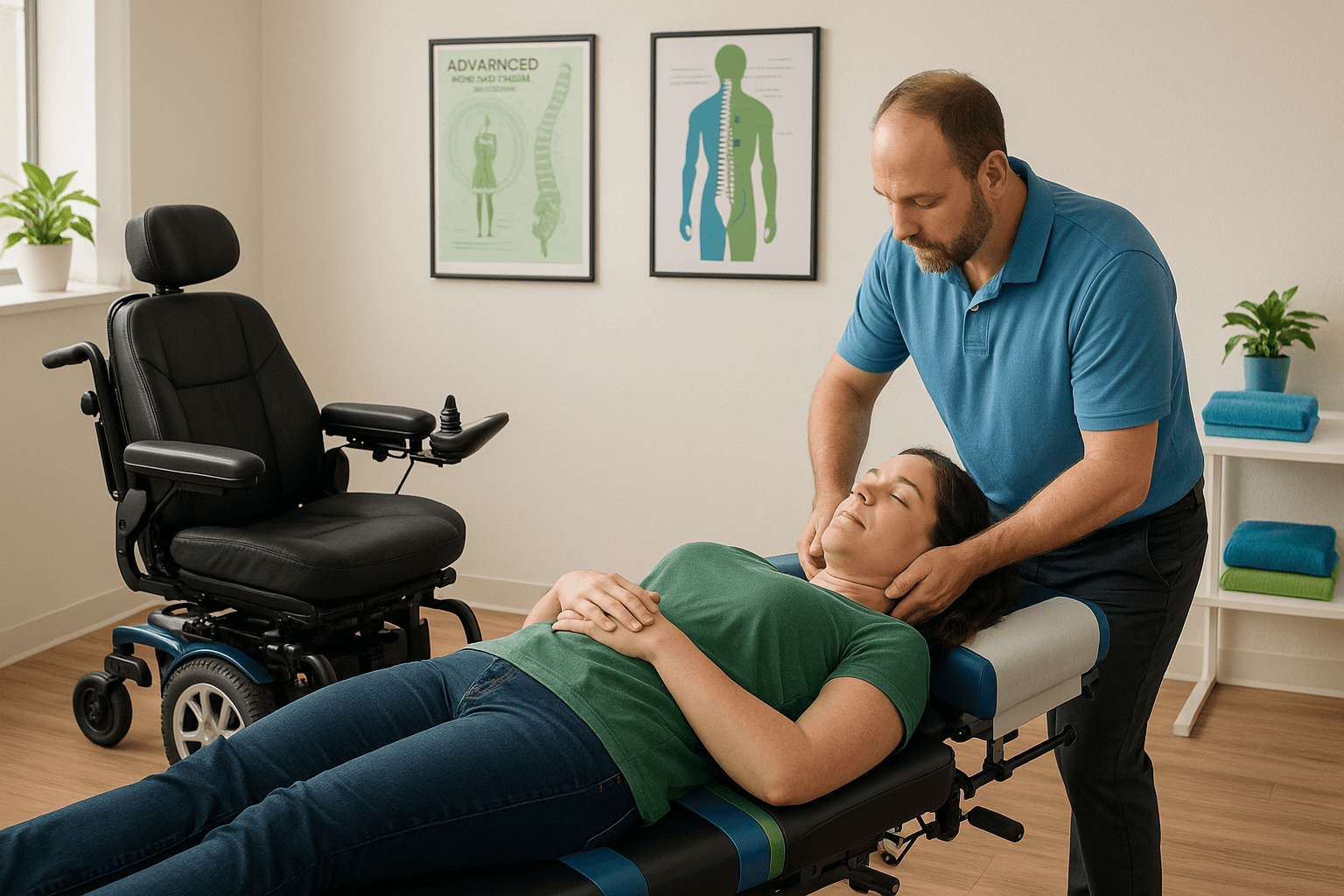If you’re undergoing posture correction in Sutton Coldfield, your work doesn’t end when you leave the clinic. In fact, what you do between sessions can either speed up your progress—or sabotage it.
That’s because alignment is cumulative. Your daily habits—how you sit, stand, sleep, move, and breathe—directly impact whether your spine holds its corrected position or slips back into old patterns.
At Upright Posture, we use Advanced BioStructural Correction (ABC™) to address the structural root of misalignments. But even the best technique can’t compensate for 10 hours a day slouched at a desk or sleeping with your neck twisted. That’s why we equip clients with lifestyle strategies that reinforce structural change and promote long-term stability.
Let’s break down the top 7 habits that support your adjustments and keep your progress moving in the right direction.
Jump To:
TLDR – Quick Guide
- Posture correction is a partnership between in-clinic adjustments and your daily choices.
- Movement = momentum – regular activity prevents stiffness and supports alignment.
- Desk ergonomics are critical – your workstation can either support or destroy good posture.
- Recovery matters – how you sleep, breathe, and hydrate affects how well your body holds alignment.
- Consistency is king – small daily habits build lasting results.
1. Prioritize Daily Movement
Sitting is the new smoking—especially if you’re trying to correct your posture. Long, static periods (even with good form) cause muscle fatigue and joint compression.
Aim to:
- Stand or walk for at least 5 minutes every 30–60 minutes
- Take phone calls standing or walking
- Add light stretching breaks to your workday
Even low-impact movement like walking or gentle yoga helps retrain your muscles to support alignment, reduces postural fatigue, and improves circulation. These micro-movements compound over time to protect your progress.
2. Perfect Your Workstation Setup
Your spine doesn’t know the difference between sitting at home or at work—it just responds to mechanical stress. An improperly set-up workstation can undo hours of posture correction by forcing your body into compensation patterns.
Here’s how to fix that:
- Keep your monitor at eye level
- Use a chair that supports the natural curve of your lower back
- Keep feet flat and knees at hip height
- Use a hands-free headset if you’re on the phone often
Clients undergoing posture correction see the best results when they apply ergonomic strategies that align with their treatment goals. This makes your desk a partner—not a saboteur.
3. Strengthen Core and Back Muscles
Your muscles are scaffolding for your posture. When weak, your body relies on ligaments and joints to stay upright—leading to fatigue and breakdown.
To support structural correction:
- Add planks, glute bridges, and back extensions 2–3x/week
- Focus on endurance, not just strength
- Avoid exercises that reinforce poor form (like crunches with neck strain)
These movements don’t replace adjustments—they reinforce the corrected structure, giving your body the strength to maintain it naturally.
4. Stretch Daily to Release Tension
When muscles are tight, they pull your spine out of alignment. Stretching unwinds chronic tension and keeps you from falling back into poor posture patterns.
Focus on:
- Chest (especially if you sit or drive a lot)
- Hip flexors (to counter sitting-induced tightness)
- Hamstrings and upper back (to restore spinal movement)
10 minutes of focused stretching each day keeps your tissues mobile and your spine supported—especially during the unwinding process.
5. Optimize Sleep Position and Pillow Choice
Your spine doesn’t take the night off. If your sleep position twists your neck or collapses your shoulders, you may wake up stiffer than when you went to bed.
Best practices:
- Sleep on your side or back (avoid stomach sleeping)
- Choose a pillow that supports the neck’s natural curve
- Use a small pillow between knees if side-sleeping
When your spine is properly supported overnight, your body can heal and hold corrections more effectively.
6. Stay Hydrated and Nourished
Posture correction isn’t just mechanical—it’s biological. Your joints, muscles, and connective tissues all depend on hydration and nutrients to regenerate and function well.
Support your structure by:
- Drinking enough water (aim for 2–3L/day depending on activity)
- Eating a protein-rich diet to support muscle recovery
- Getting micronutrients (like magnesium and calcium) for nerve and bone health
Think of hydration and nutrition as the fuel for your alignment journey—they affect how quickly and effectively your body responds to care.
7. Practice Conscious Breathing
Most people breathe into their chest, not their diaphragm—and that shallow breathing creates tension, weak core activation, and a forward-head posture.
Start with:
- 5 minutes of diaphragmatic breathing each morning
- Inhale through the nose, expanding the belly
- Exhale slowly, activating the deep abdominal muscles
Proper breathing reduces nervous system stress and helps your body maintain an upright, relaxed position—without effort or reminders.
Key Takeaways
- Posture correction doesn’t stop at the clinic—your lifestyle habits determine your results.
- Support your progress with movement, stretching, proper sleep, hydration, and breathing.
- Your desk, bed, and shoes all play a role in either supporting or sabotaging your spine.
- At Upright Posture, we use Advanced BioStructural Correction (ABC™) to correct structural misalignments—but lasting change happens when you support those corrections daily.
- Small, consistent actions build the foundation for lifelong alignment and resilience.
FAQs
1. How do lifestyle habits impact posture correction results?
They act like reinforcements—or roadblocks. Without daily support, your body slips back into old compensations. But with movement, rest, and the right setup, you solidify structural changes and progress faster.
2. Can exercise really improve my posture?
Absolutely. Strengthening the core and back creates muscular endurance that holds your spine in place. Pairing this with ABC™ care ensures your body not only moves better—but stays better.
3. What’s the worst habit for posture correction?
Extended sitting without breaks. Even perfect posture can’t survive 10 hours of immobility. Use alarms, standing desks, or walking meetings to break up the day.
4. Is sleep really that important for posture correction?
Yes. Recovery happens at night. Poor pillow choices or twisted sleeping positions can undo hours of progress. Treat your sleep setup as part of your treatment plan.
5. Do I need to follow all seven habits to see results?
Not necessarily—but the more you incorporate, the better. Even small changes—like stretching before bed or drinking more water—compound over time to boost the effectiveness of your care.
Disclaimer
At Upright Posture, we don’t practice generic chiropractic. We specialise in Advanced BioStructural Correction (ABC™)—a method that targets the primary structural misalignments responsible for poor posture and recurring tension.
Unlike traditional approaches that provide temporary relief, ABC™ creates lasting change by allowing your body to “unwind” years of compensation. When combined with smart lifestyle habits like those above, the results are not only faster—but permanent.






